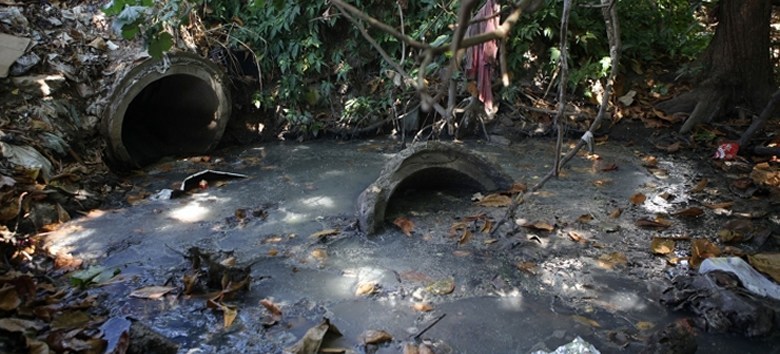RIO DE JANEIRO, BRAZIL – Contrary to official figures, the Department of Sanitary and Environmental Engineering of the University of Rio de Janeiro (UERJ) estimates that only 35 percent of the sewage produced in Rio de Janeiro is treated. It is customary for the government to mention as much as seventy percent of wastewater treatment.

“There is a dispute because these government data consider the South Zone sanitized. But since the sewage from the South Zone is dumped into the high seas by the Ipanema Emissary, we can’t say that there is sewage treatment. When the Emissary was established in the 1980s, there was a project to build a treatment plant, but it never came to pass,” explains Sérgio Ricardo Verde, of the Baía Viva (Green Bay) Movement.
Since the 1990s, when the contamination of bays, lagoons, and rivers in the state of Rio de Janeiro hit extremely high levels, programs were put in place in an attempt to overcome the sanitary shortfall. One in the Paraíba do Sul River basin, accounting for the water supply of eighty percent of Rio’s population, and another in Guanabara Bay.
“In 1995, the Guanabara Bay Clean-up Program (Pdbg) was created, although it has not been fully implemented to date because the collecting mains have not been installed. As a result, untreated pollutants continue to be discharged into the Bay. Then there is PSAM – Programa de Saneamento dos Municípios (Municipal Sanitation Program).”
“Under the PSAM, the government of the state of Rio de Janeiro pledged to clean up eighty percent of Guanabara Bay in 2011, in the Olympic Cycle scenario. But it was deceitful propaganda. To make matters worse, Rio de Janeiro went into recession, and the projects stopped, turning into a cemetery of unfinished works,” says Sérgio Ricardo.

